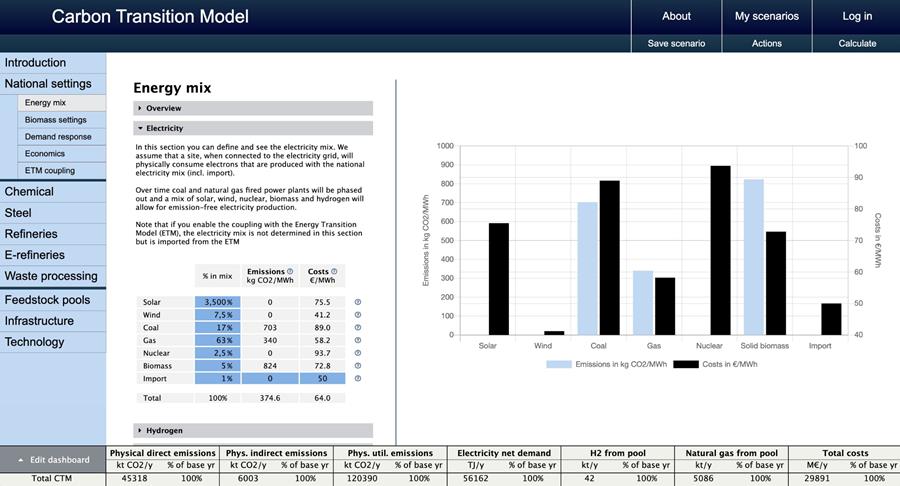Even though Dutch industry has already come a long way in the fight against climate change and its negative impacts on our planet, shaping the sustainability transition remains a difficult challenge. Therefore, ISPT advocates for a collaborative approach by using reliable, validated models. During the ISPT Conference 2022, we discussed several of these models including the Carbon Transition Model (CTM). Initiative takers Tjeerd Jongsma and Andreas Ten Cate talked to magazine NPT Procestechnologie on how such models will help the industry in making better strategic choices for the future.
On November 8th, 2022 we organized the yearly ISPT Conference. We gathered the masterminds of the industry to come together at the Prodentfabriek in Amersfoort in order to discuss how to move towards a Dutch green industry. The goals of circularity and CO2 neutrality are well known and so are the deadlines of 2030 and 2050. In order to meet these deadlines, we need to move fast and go the extra mile.
We want to design a coherent green story
“There is no shortage of initiatives,” says Tjeerd Jongsma to NPT. “But we also see a lot of hesitation from within the industry. A lot is still unclear. What are the alternative raw materials? Is there enough renewable energy available, and how do we absorb fluctuations? And what about the future infrastructure for electricity, hydrogen, CO2? What does new technology mean for the value chain of the future? All of these questions remain difficult to answer, mainly because there is not a coherent green story yet on how to move forward.”
Therefor we need dialogue and simulation models
Andreas ten Cate, ISPT Systems Integration program director: “We see everyone struggling to make choices because a supporting vision is missing. What kind of Dutch industry do we want in 30 to 40 years? What is possible? What future is there for a particular industrial region, or even all of industrial Netherlands?”
To provide an answer to these questions, Jongsma and Ten Cate are striving to take the lead: “Togetherness is the key word.” Tjeerd Jongsma: “Dialogue is needed to arrive at a shared vision. That only works if there is mutual trust, so we have to provide connection. At ISPT we have years of experience with this; we coordinate programs and consortia on all kinds of topics and in all relevant sectors. With that trust-based network, we will now develop a new platform to effectively explore and shape the future together.”
Models provide scenarios and pathways
To provide for such a trust-based model, ISPT launched the Carbon Transition Model (CTM) during the ISPT Conference on November 8th, 2022. CTM is a simulation model used to explore in which ways emissions can be reduced and carbon circularity can be realised. The model provides a common understanding of the current situation and possible future situations. CTM is created in close collaboration with Kalavasta and is a part of the new ISPT program Tekenkamer van de Industrie which includes multiple other models like the Hychain model and AgriFoodNature Transition Model. These models focus on ISPT’s experience that fact-based models are indispensable in the dialogue on complex, comprehensive topics, like the green industry.
These models offer us a clear overview of how to achieve the large-scale exploration of the future Dutch industrial landscape. Andreas Ten Cate: “First, we need to map out the current situation, to see what we want it to look like, and then start designing. Make a number of iterations and look for smart solutions and combinations of technologies. Each step gets you closer to a realistic picture of the green industry of the future.”

This interview was previously published in NPT magazine on npt.pmg.nl
